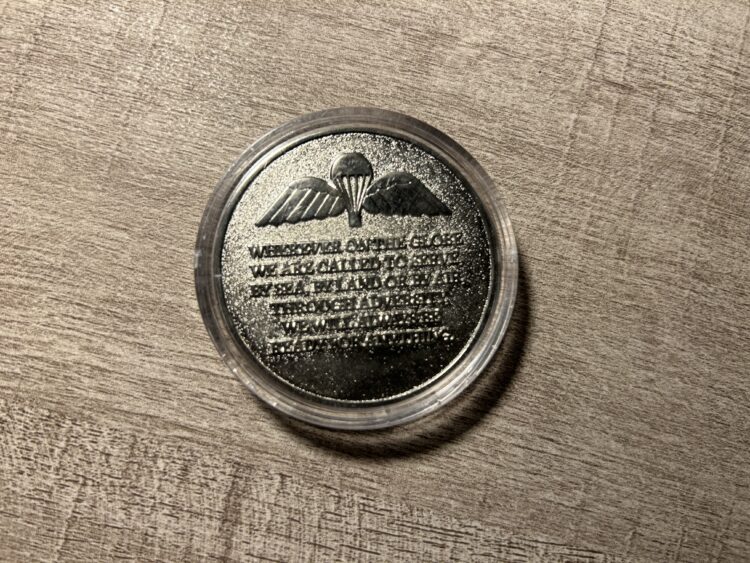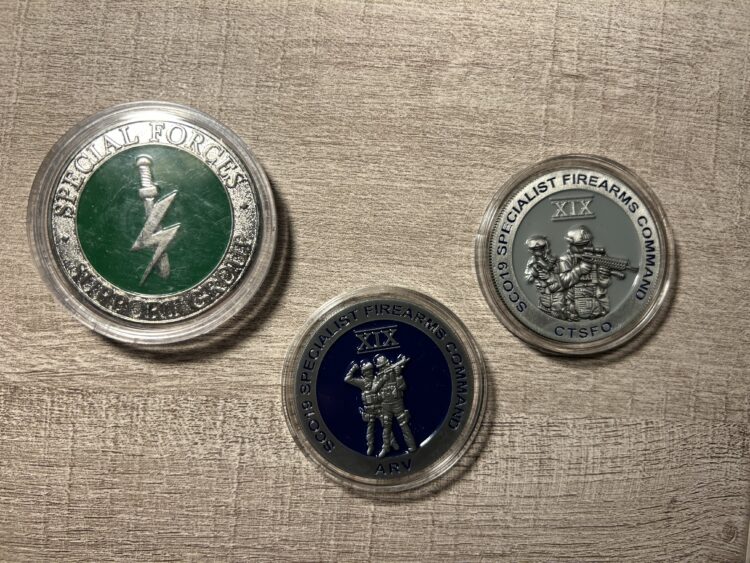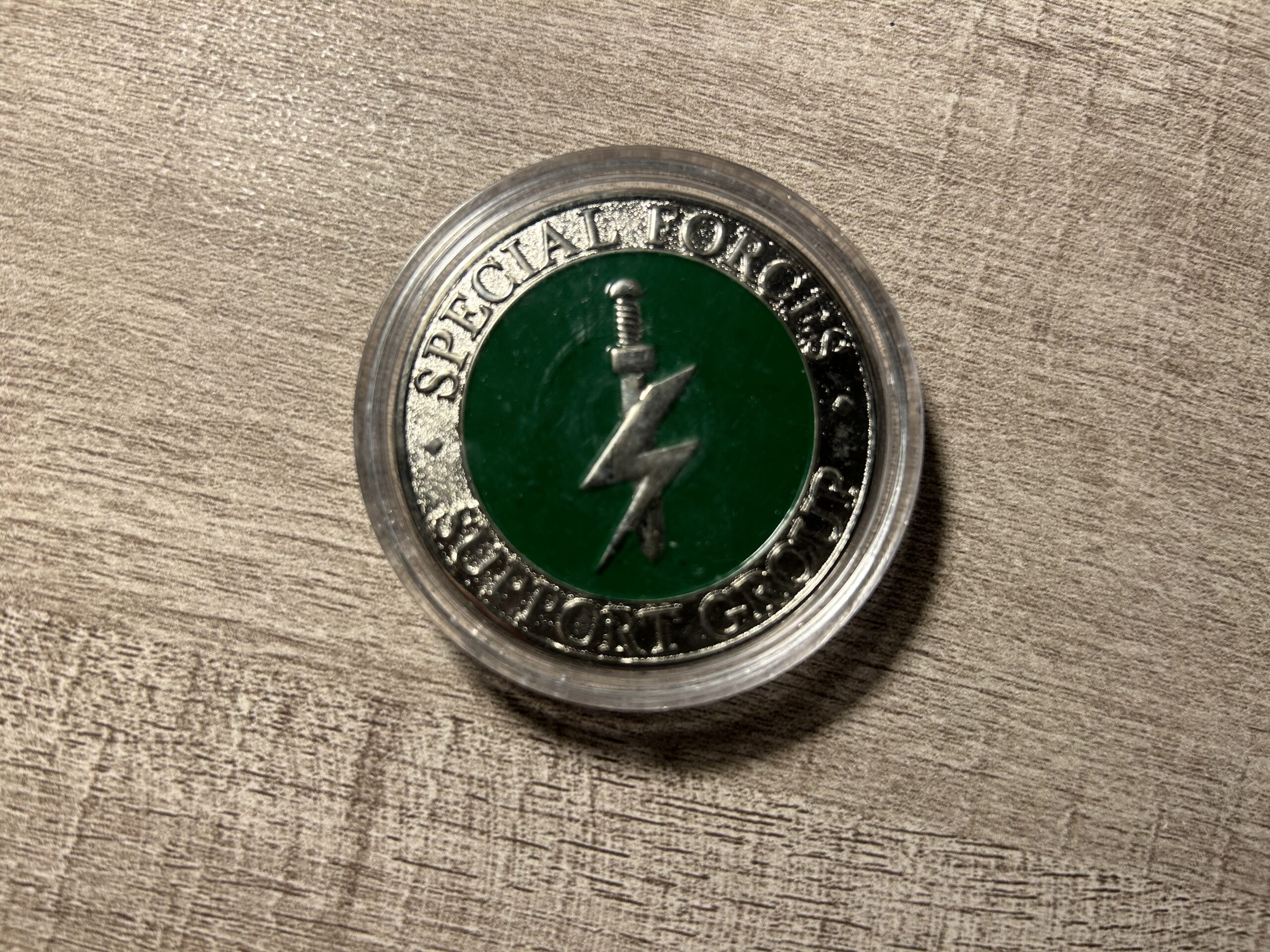Military challenge coins carry a rich history, tracing their origins back to ancient times. The concept of using coins to establish identity and loyalty can be traced back to the time of the Roman Empire. Roman soldiers were awarded coins to recognize their achievements and distinguish their allegiance. These coins were often carried as a form of identification and served as a means of rewarding valorous acts.
The modern tradition of challenge coins can be attributed to World War I. It is believed that a wealthy American lieutenant ordered medallions for his unit during the conflict. One of these medallions saved the life of a pilot who was captured behind enemy lines and later identified as an ally by French forces. This incident sparked the practice of carrying unit-specific medallions for identification and as a symbol of unity. During World War II, challenge coins became more prevalent. They were used by various military units, including special forces and intelligence agencies, to identify covert operatives and establish trust among members. Coins were often customized with unique designs, unit emblems, or mottos, further strengthening the sense of belonging and pride.
In the post-World War II era, challenge coins gained popularity across different branches of the military. They became a way to commemorate significant events, honor exceptional service, and promote a sense of camaraderie. Coins were often presented by commanders or senior officers to recognize outstanding achievements or as tokens of appreciation. The tradition of the challenge coin emerged as a means of fostering camaraderie and unit pride. It is believed that the practice of coin challenges originated during the Vietnam War. The challenge involves a member presenting their coin, and if others cannot produce their own coin, they may face a consequence such as buying drinks or performing a task.

Over time, challenge coins have evolved in design and purpose. They now come in various shapes, sizes, and finishes, often featuring intricate artwork, unit insignias, or personalized messages. Challenge coins are not only exchanged within the military but also presented to dignitaries, foreign allies, and civilian organizations as tokens of appreciation and goodwill. The concept of challenge coins has extended beyond the military, finding its place in law enforcement agencies, government organizations, and even civilian groups. They serve as symbols of affiliation, recognition, and shared values, fostering a sense of belonging and camaraderie.
Military challenge coins hold a rich tradition and serve as a symbol of honor, camaraderie, and belonging within military units and organizations. These small, collectible coins carry great significance and are often exchanged as a sign of respect and recognition. If you find yourself in possession of a military challenge coin or participating in a challenge coin tradition, it’s important to understand the rules and etiquette that surround their use.

The Challenge: The most well-known aspect of challenge coins is the “coin challenge.” When a challenge is initiated, anyone with a challenge coin must present their coin in response. The challenge can be called by placing a coin on a surface or by verbal declaration. Failing to produce a coin when challenged typically results in a consequence, such as buying a round of drinks or performing a designated task.
- Military challenge coins should be carried at all times. They are often kept in a pocket, wallet, or other easily accessible location. Carrying a coin is not only a sign of pride but also signifies readiness to respond to a challenge when called upon. Many individuals even have a collection of coins that hold personal significance.
- When presenting a challenge coin, it is customary to hold the coin in a firm handshake, extending it to the recipient. The coin should be offered with the design facing the recipient to allow them to appreciate the details and markings. This act demonstrates respect and acknowledgment of the recipient’s affiliation or achievements.
- When receiving a challenge coin, it is proper etiquette to accept it with a handshake and a few words of gratitude. Avoid simply taking the coin without acknowledging its significance. Expressing appreciation for the coin demonstrates respect for the tradition and the individual presenting it.
- Challenge coins are often proudly displayed or stored as cherished mementos. Some common methods of display include coin cases, shadow boxes, or coin racks. When displaying coins, it is important to handle them with care, ensuring they remain in good condition. Avoid placing them in areas where they may be subject to damage or excessive handling.
- As challenge coins hold deep meaning and foster a sense of camaraderie, it is customary for military personnel to pass on challenge coins to those who have demonstrated exceptional service or acts of valor. This passing of the coin recognizes and reinforces the bonds and values shared within military units.
- While challenge coins are often associated with lighthearted challenges and camaraderie, it is essential to approach their use with respect and decorum. Avoid using challenge coins inappropriately or in a manner that may demean their significance. Displaying proper etiquette ensures that the tradition and symbolism of challenge coins are upheld.

